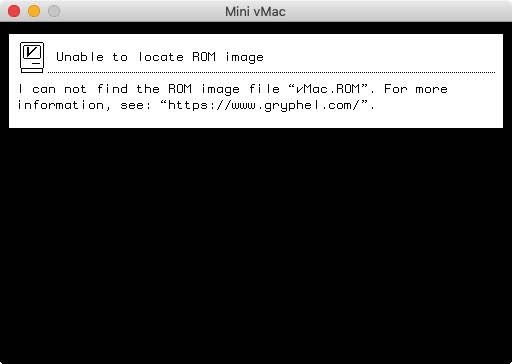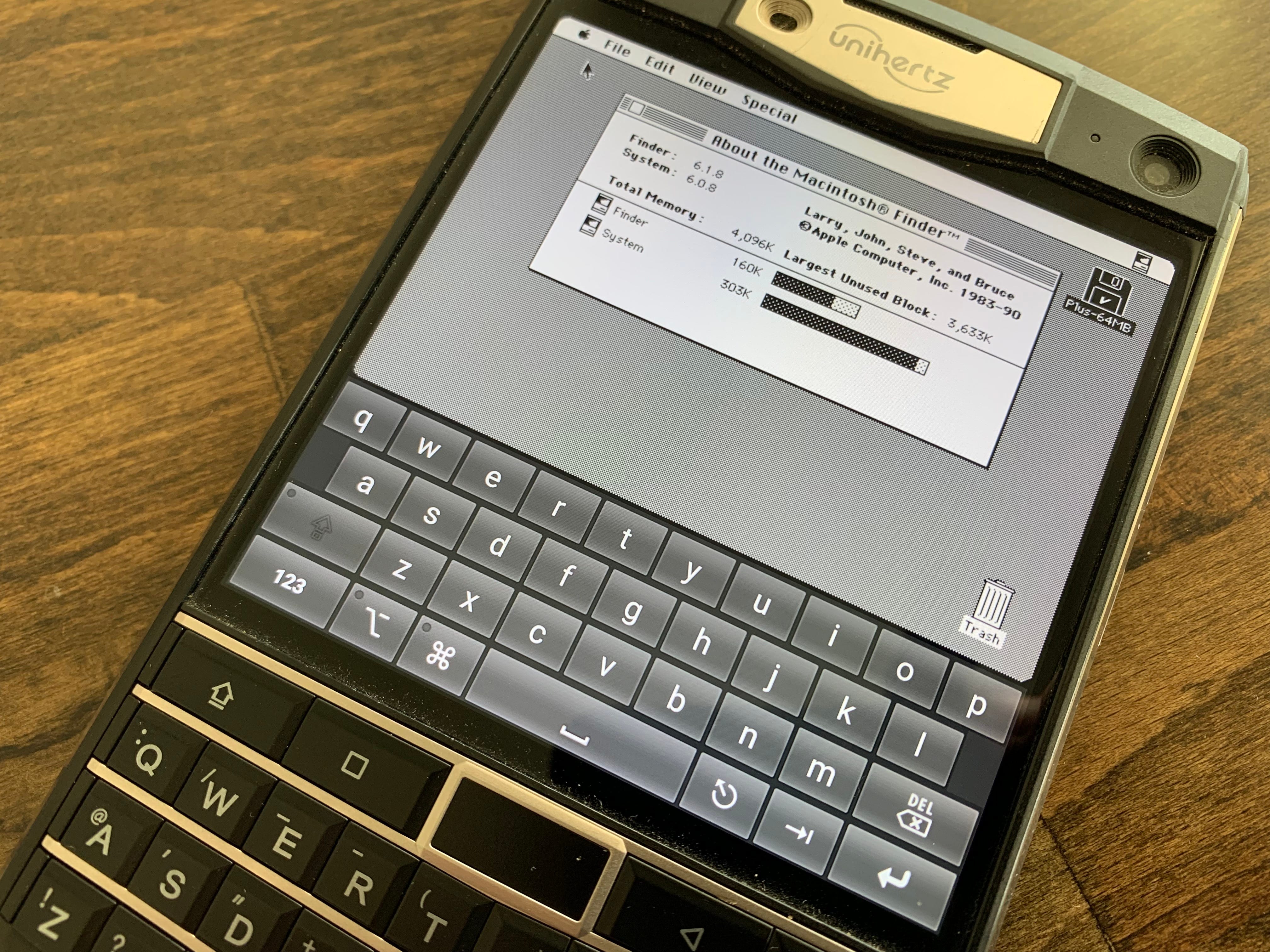
- #Mac classic rom image for vmac for mac os
- #Mac classic rom image for vmac serial
- #Mac classic rom image for vmac full
On November 30 2008, Gemulator 9.0 was officially released, supporting a built-in 68000/68030 debugger, improved compatibility with Windows Vista and recent multi-core 64-bit processors.Īll versions of Gemulator released since 1992 share a common set of features: In 1998 we added support for Windows 98 and NT 4.0, and spun off a sister product called "Gemulator SoftMac" (or simply as " SoftMac") which added the ability to emulate 32-bit color Mac models such as the Macintosh II and Macintosh Quadra. This was followed in 1995 with releases to run on Microsoft Windows 3.1 and Windows 95. Gemulator was upgraded in 1993 to add emulation of Apple Macintosh Plus computers running Mac System 6.
#Mac classic rom image for vmac full
Written in almost nothing but 486 machine code, Gemulator 1.0 was capable of running Atari ST software at full 68000 speeds on Intel 486 based MS-DOS computers. When released in September 1992 at the Glendale Atari Fair in California, " Gemulator" was the world's first Atari ST emulator for the PC.


A software application for these 68000 Macs may be downloaded from the Mini vMac website for retrieval of a system's ROM image, along with a complete tutorial for locating an old Mac, retrieving the ROM and working with disk images.Run classic Apple Macintosh, Atari ST, and Atari 8-bit software! Macintosh system software is available from Apple's Support Downloads Website (see External links below).Īs mentioned, Mini vMac also requires a specific ROM image for the computer emulation desired.
.jpg)
This board can also support ROM chips from other early Macintosh systems, but the publicly released versions of vMac only supported the Macintosh Plus. However, the Windows and Unix ports of vMac (not Mini vMac) support the Gemulator ROM board from Emulators Inc., which allows users to add genuine MacPlus ROM chips to their x86 machine via an ISA expansion slot. Macintosh ROM files are owned by Apple and cannot be legally distributed. VMac and Mini vMac require a Macintosh Plus ROM file and Macintosh system software to work. The precompiled versions available for download at Mini vMac's SourceForge project emulates a Macintosh Plus with 4 MiB of RAM. Due to complaints about the rarity of the original II, it also accepts Macintosh IIx and Macintosh SE/30 ROM files. Currently Mini vMac supports Macintosh 128K, 512K, 512Ke, Plus, SE and Classic, with active development for Macintosh II, Macintosh Portable and PowerBook 100 support. Mini vMac, vMac's spinoff, is still being maintained and developed by Paul C. Many of the developer e-mail addresses listed on the website are not currently working. Although the website is still in operation, most vMac development slowed to a halt in 1999, and no official releases have been made since.
#Mac classic rom image for vmac serial
Some vMac ports include extra features such as CD-ROM support, basic serial port (SCC) support, Gemulator ROM board support, and various performance improvements. vMac and Mini vMac support CPU emulation from Motorola 68000 to 68040, display output, sound, floppy disk insert, HFV image files, and more.

vMac and Mini vMac emulate a Macintosh Plus and can run Apple Macintosh System versions 1.1 to 7.5.5. Although vMac has been abandoned, Mini vMac, an improved spinoff of vMac, is still actively developed.
#Mac classic rom image for vmac for mac os
VMac was an open source emulator for Mac OS on Windows, DOS, OS/2, NeXTSTEP, Linux, Unix, and other platforms. VMac 0.1.9 running System 1.1 on System 7.5


 0 kommentar(er)
0 kommentar(er)
